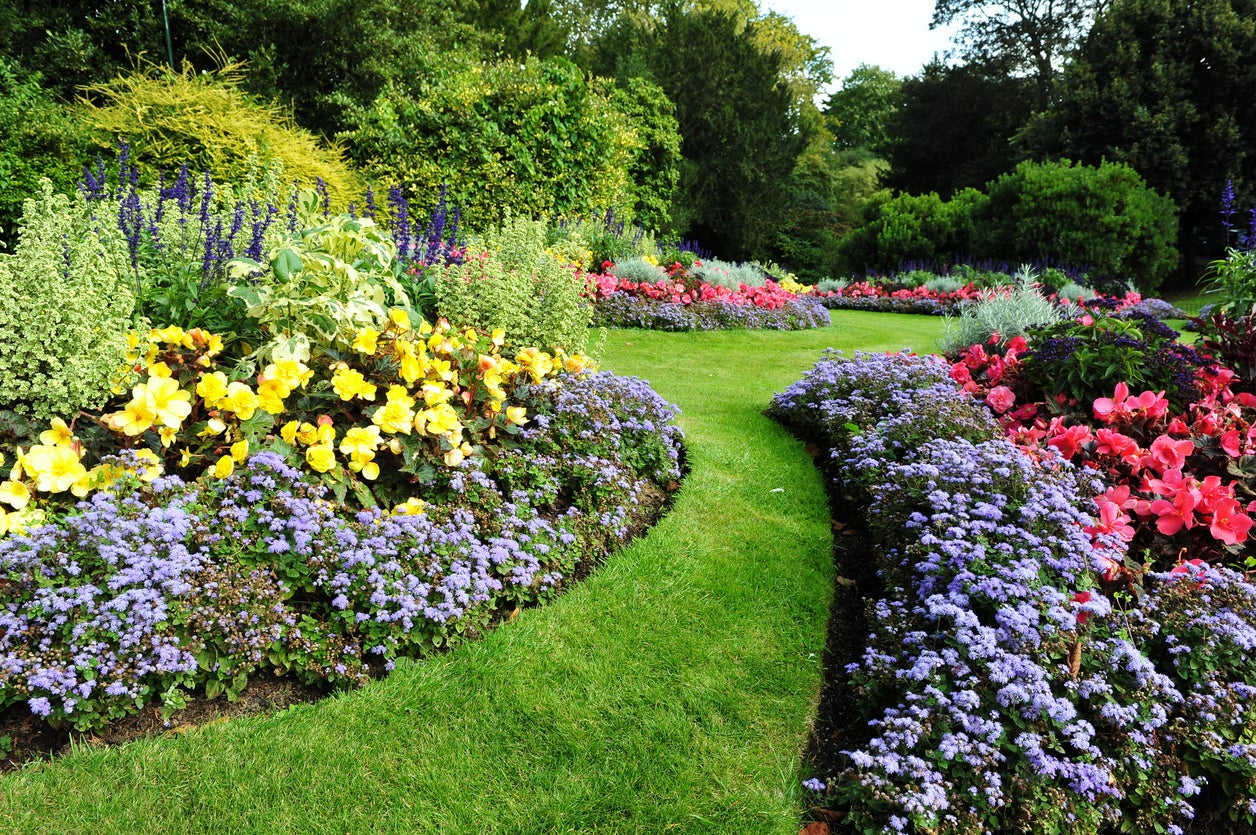Asymmetrical Garden Design – Learn About Asymmetrical Landscaping


A pleasing garden is one that is designed according to certain design principles, and there are a number of ways to attain the desired effect. If you prefer a less formal, more casual-looking garden, you may be interested in learning about asymmetrical landscaping. While garden design can be very complicated, understanding the basics of asymmetrical garden design can simplify the entire process. Even newcomers to the garden can learn how to create an asymmetrical garden.
Designing an Asymmetrical Garden
In simple terms, a garden bed is designed around a central point, which may be an object such as a plant, a front door, a tree, or a container. The central point can also be unseen, or imaginary. You can have either symmetrical or asymmetrical garden design layouts. A symmetrical garden design is equal on both sides of the central point. For example, a large shrub on one side is mirrored by a nearly identical shrub on the other side. These are normally what you think of when discussing formal gardens. An asymmetrical design, on the other hand, is still balanced around the central reference point, but in a way that one side differs from the other. For example, one large shrub on one side may be balanced by three smaller shrubs on the other. To provide balance, the total mass of the smaller shrubs is somewhat equal to the larger shrub.
How to Make an Asymmetrical Garden
Asymmetrical garden ideas abound and are dependent on the individual gardener but all share the same basic design principles:
- Flower beds: Determine your central reference point. Plant a couple of taller plants on one side, then balance them with lower growing ferns, hostas, or ground covers on the other side.
- An entire garden space: Populate one side of the space with large shade trees, then provide balance with masses of colorful low growing perennials and annuals.
- Garden gates: Arrange a cluster of lower-growing shrubs or perennials on one side, balanced by a large garden container or columnar shrub on the other.
- Steps: If you have garden steps, arrange large stones or boulders on one side, balanced by trees or taller shrubs on the other side.
Gardening tips, videos, info and more delivered right to your inbox!
Sign up for the Gardening Know How newsletter today and receive a free copy of our e-book "How to Grow Delicious Tomatoes".

A Credentialed Garden Writer, Mary H. Dyer was with Gardening Know How in the very beginning, publishing articles as early as 2007.